Madeline and her grandmother, Carol.
PHOTOGRAPHY MADELINE CURR
Sign up to our mailing list for the best stories delivered to your inbox.
This is a story about the power of love, the bonds of family, and the luck of the draw...
WORDS AND PHOTOGRAPHY MADELINE CURR
As an only daughter living on a remote cattle station and longing for the companionship of a sister, I loved the stories that my grandmother Carol Curr (affectionately known to me as Cazzar) would tell me of her childhood with her own sisters. She would tell me story after story, but my all-time favourite was the tale of ‘The Women Who Won the North’.
This story has blockbuster film potential. As much a hopeless romantic as I am, Cazzar would tell it to me over and over with as much detail as she could, trying to squeeze a little more out of it each time. The glow in her eyes never faded, no matter how many times she had to retell it, which made me realise two things: that Cazzar and I are more similar than I thought, and that this must be a bloody good story.
Right from the get-go, Cazzar was full of life, always on the move and ready for the next adventure. In her 84-and-a-half years, that hasn’t changed one bit. She and her sister, Jon, were an inseparable pair of beautiful, high-spirited siblings ready to take on the world. Having grown up on a rural property in Moree, New South Wales, in a family of four children, the two eldest girls were sent to Rose Bay in Sydney for boarding school.
As she fondly reminisces about her boarding-school days, Cazzar laughs and shares, “We would often challenge the nuns at that school, but they admired our spirit and courage!” Their journey had only just begun.
“Having Jon by my side made everything easier. We could do anything, because we had each other,” Cazzar recalls. After graduating from school, she tried a bit of everything, from modelling to art classes with John Olsen, eventually working at the Red Cross Blood Bank along with Jon. It was at this time that Jon entered a draw for the chance to win a property in Queensland’s Gulf Country. “We always felt that our destiny was in Queensland; we could feel it in us and we were determined to make it happen, one way or another,” Cazzar tells me.
So, this is where the story I was told as a child comes to life. In 1961, Jon won the land ballot for a property near Normanton, Queensland. “I put my name down as Jon, and they thought I was a man. I don’t think they were happy with the winner, but in the end they couldn’t do anything about it. It changed our entire lives,” says Jon, who is 83. “There were 80 men and one girl in that land ballot, and they all booed when they learned that ‘Jon’ was really a girl.”
Remember, this was back in 1961. Onlookers and press lined up around their apartment to catch a glimpse of the lucky girl who was the new owner of a large Queensland property called Lyrian Downs— 203 square miles of it! Before they knew it, the girls were leaving behind their paintbrushes, high heels and city romances to head north. Two thousand eight hundred slow, dusty kilometres later, the city girls were finally back in the bush.
The property was a bare block of land with no house, so for the first eight months the girls camped in an old tent by the river. Jumping straight into their new life head first, they faced many challenges. The first and biggest one was clearing the neighbouring Currs’ cattle off their new property. The Currs had been poaching grass off this abandoned property for years, and had their noses out of joint at news of it being balloted away to some ‘southerners’.
“We would spend our days crying and galloping our horses after cattle and then crying some more, all to get their cattle off our place!” remembers Cazzar. Not much time passed before word got around about the arrival of two beautiful girls next door and, before they had time to argue, the neighbours’ sons arrived on horseback, offering a helping hand.
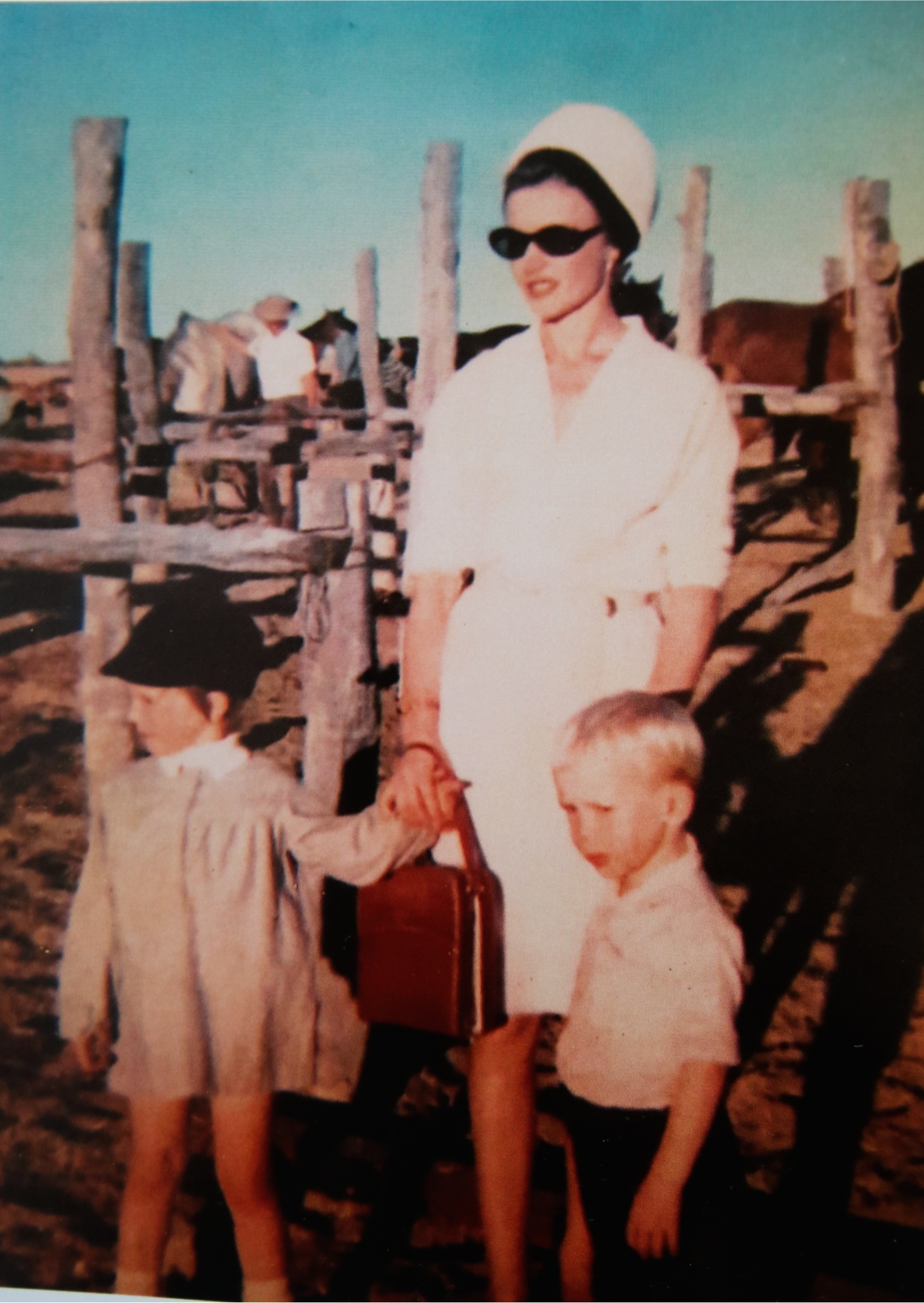
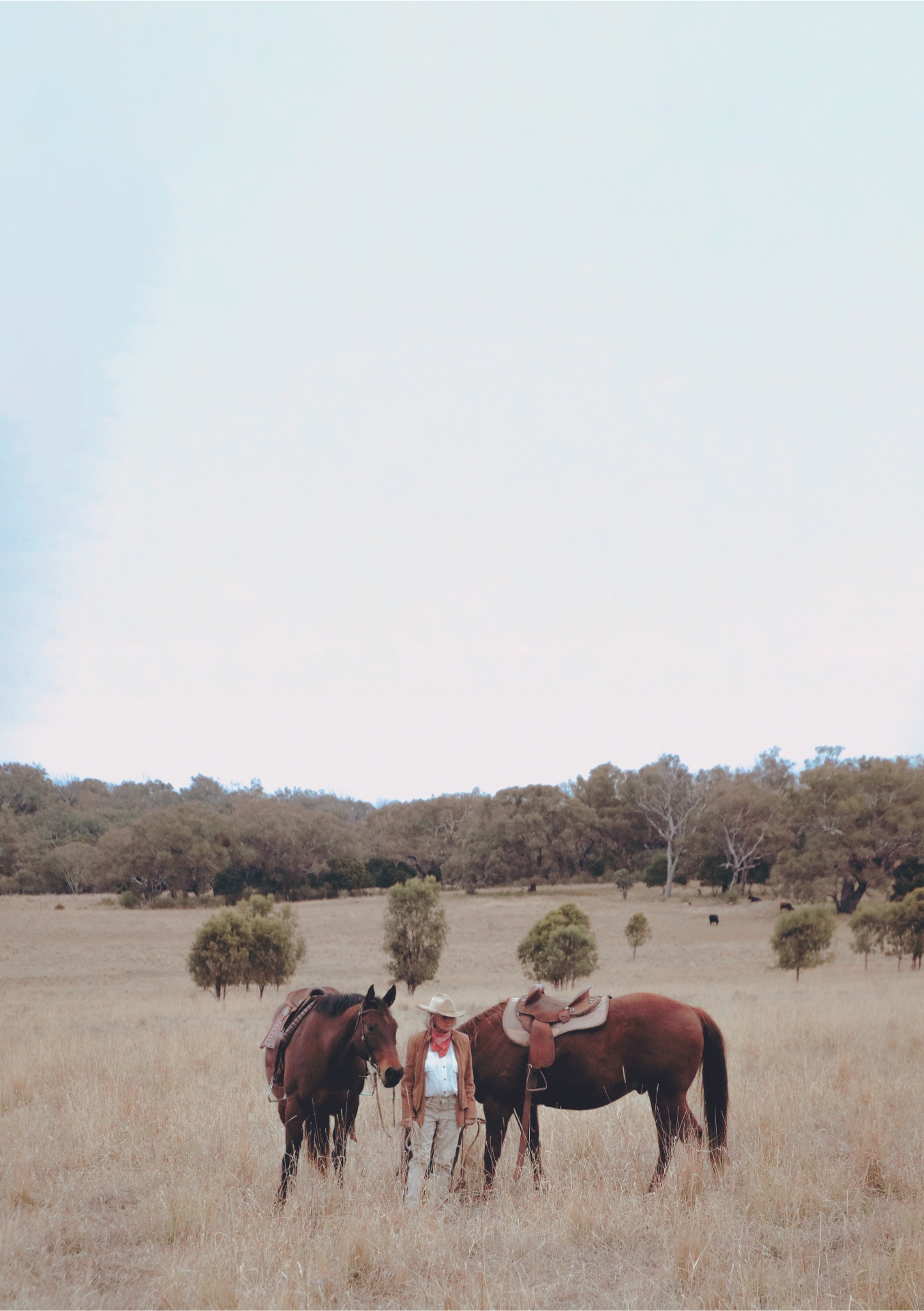
And this is where fate steps in: there they were, two handsome brothers riding miles to woo the two beautiful sisters on the banks of the Saxby River. Robert and David Curr would wait by the riverbank in the early hours of the morning, cigarettes in mouths, horses tied to a tree, boiling their quart pots on the fire and waiting for the always-late galloping girls to arrive. I am playing this romantic scene in my mind, and I think, who wouldn’t fall in love under these fairytale circumstances? Well, as you can guess, the sisters married those brothers and enjoyed the outback life for over 50 years.
I catch up with Cazzar over a glass of red wine by the fireplace on her new block, which is a convenient five-minute drive from my own home. I can’t help but think about the influence that the history of her life and love in the outback has had on me. Cazzar is an inspiration — anyone who knows her well would agree. I have always said that Jon and Cazzar’s story was just like a film, and I can’t help but pray that my own ‘romcom’ will turn out even half as good as theirs.
Subscribe to Graziher and never miss an issue of your favourite magazine! Already a subscriber? You can gift a subscription to someone special in your life.
To hear more extraordinary stories about women living in rural and regional Australia, listen to our podcast Life on the Land on Apple Podcasts, Spotify and all major podcast platforms.
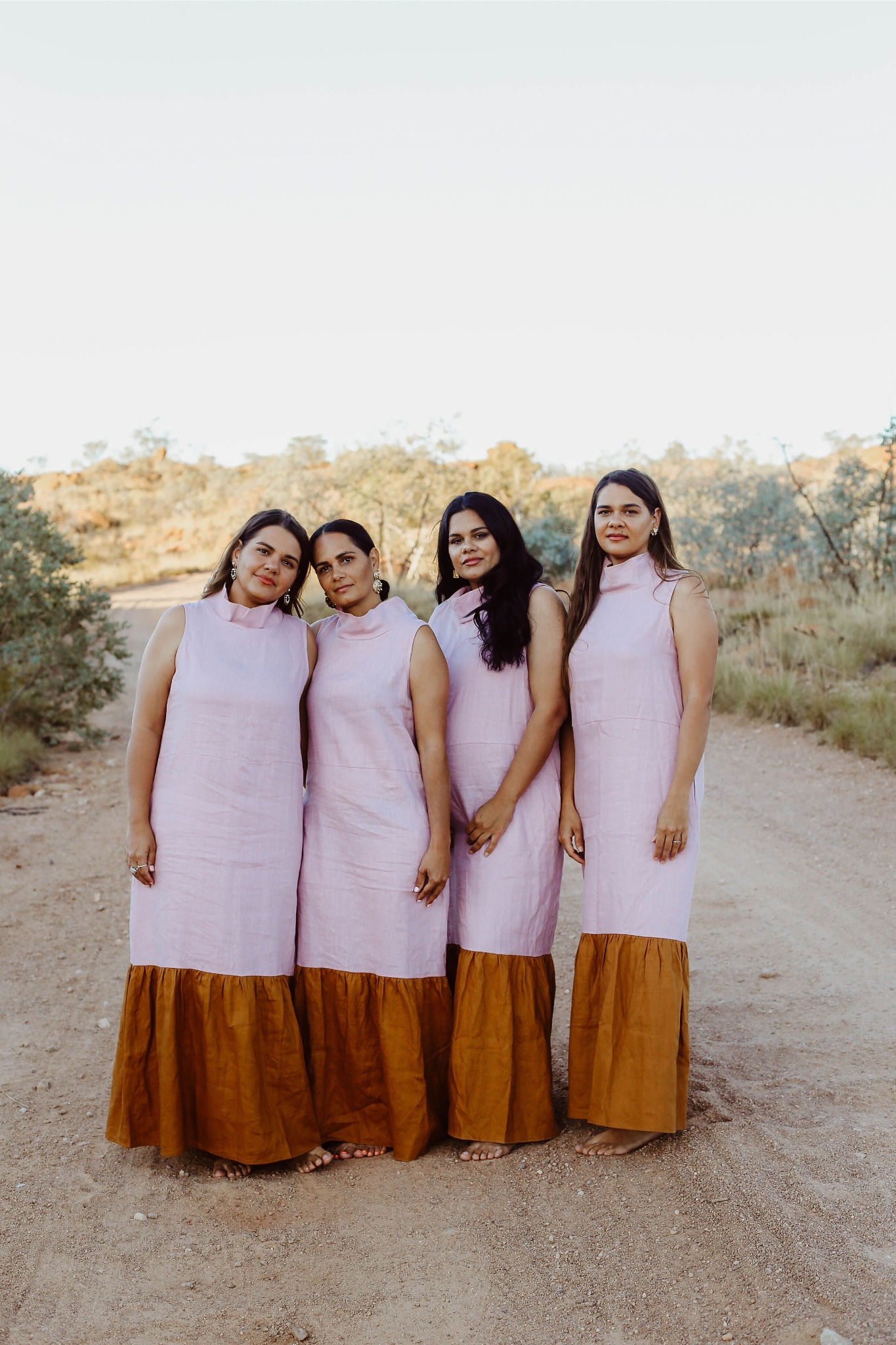
The Kalkadoon women capture the colours of Queensland’s Gulf Country as co-owners of Cungelella Art.
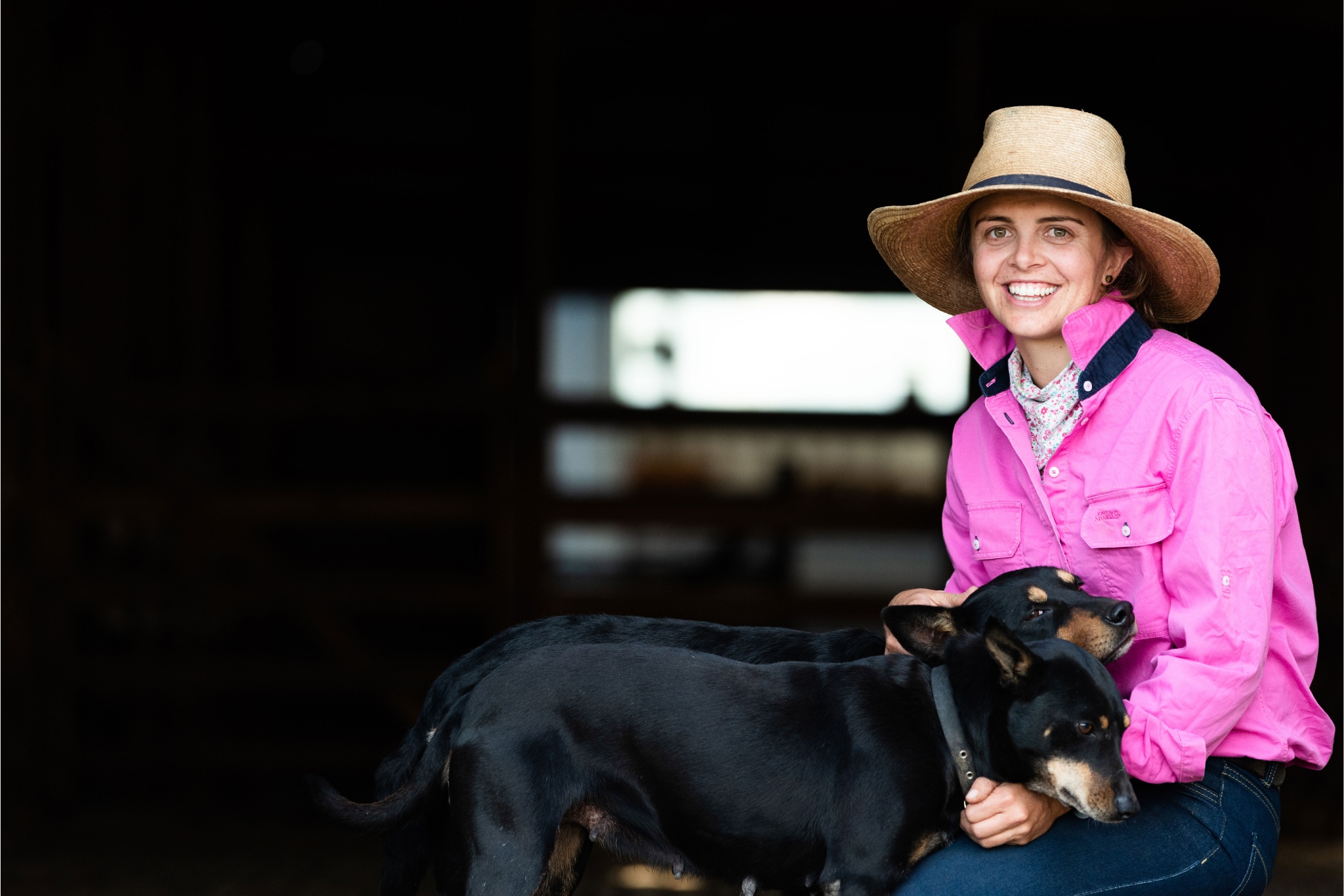
Rozzie O’Reilly’s earliest memories are of helping her mum on the farm.
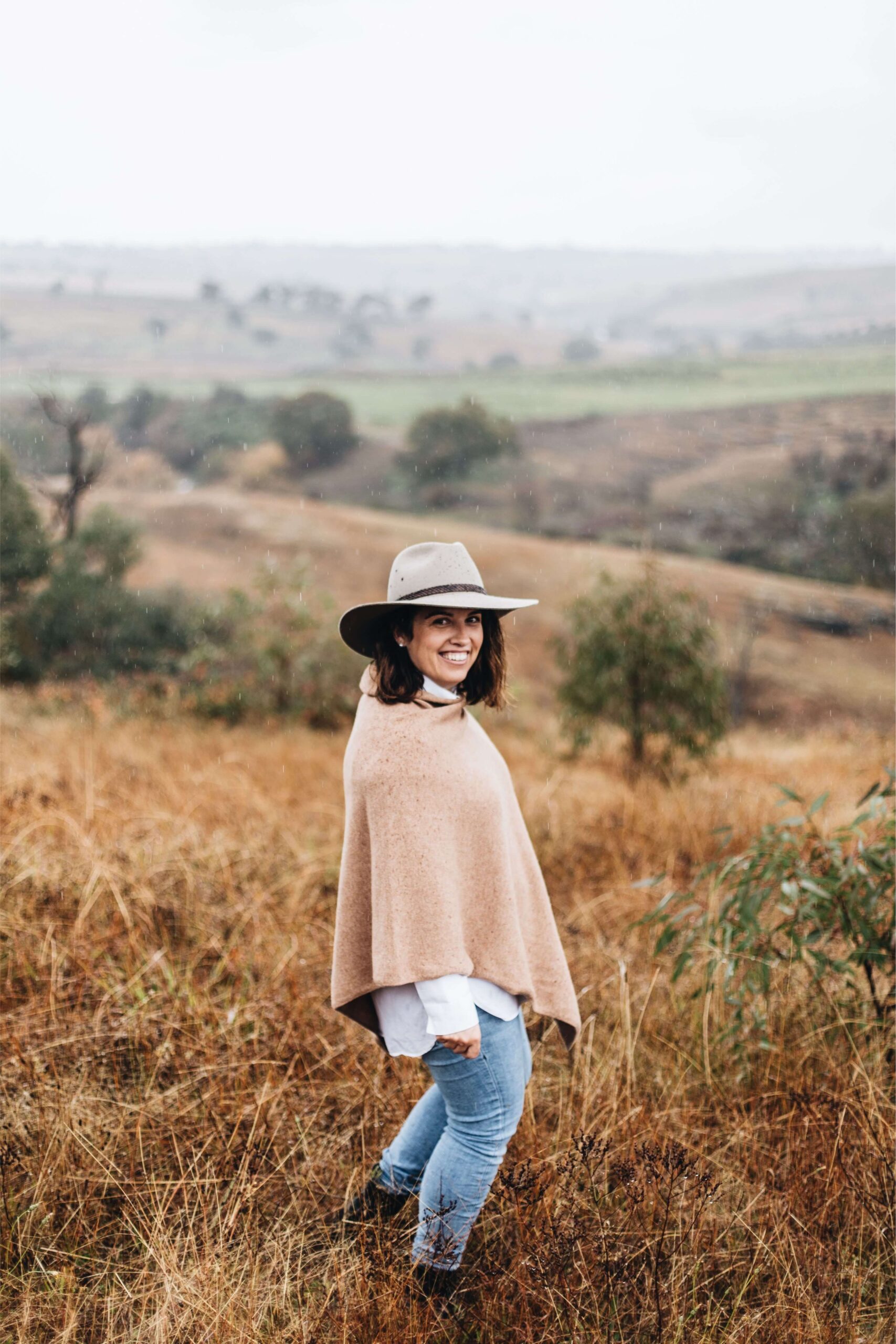
After moving to Yass in 2011, Jodi thought it would be simple to pick up a pure merino wool jumper to keep out the chill.
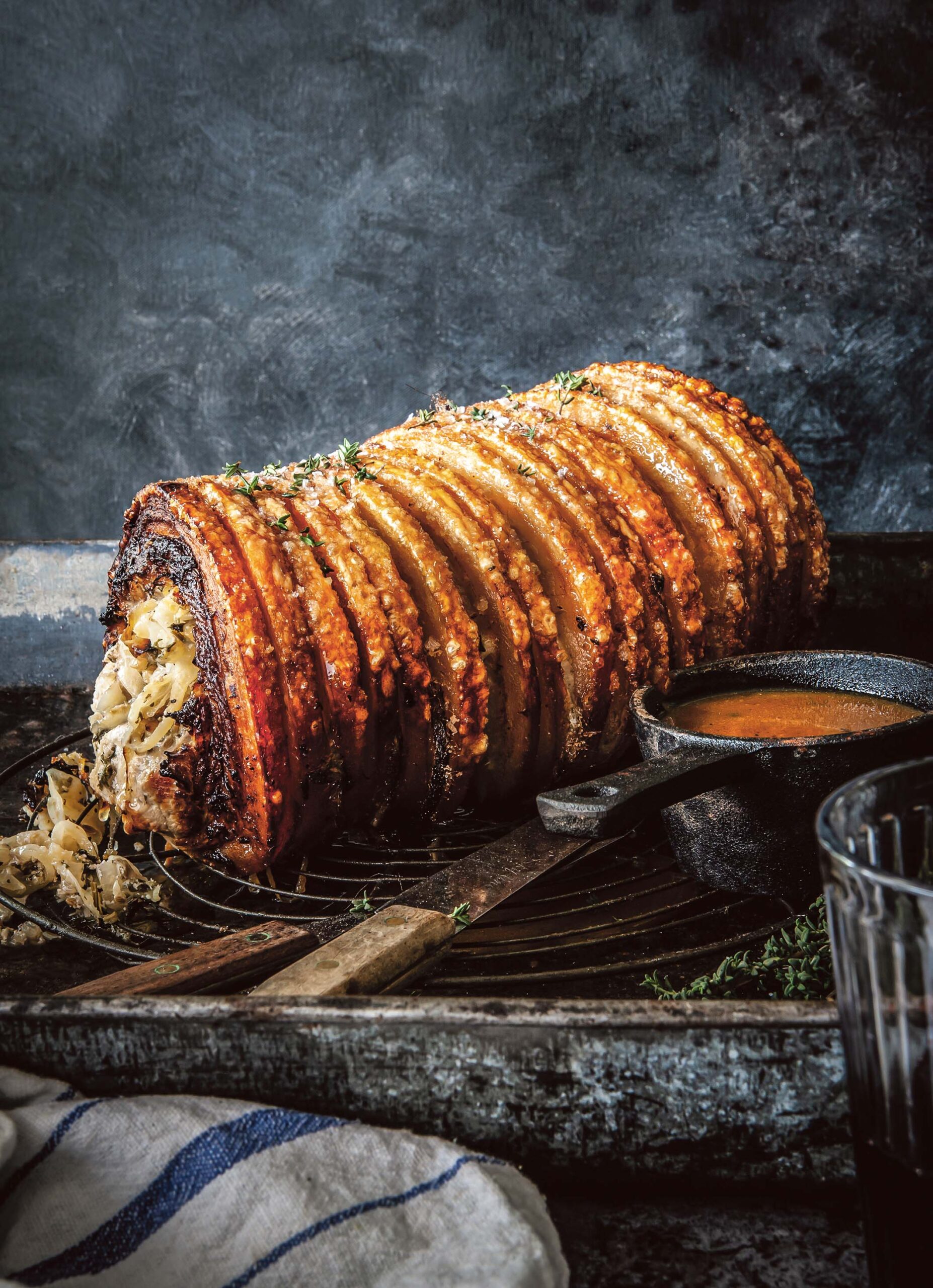
Irish butcher-and-chef duo Rick Higgins and Gaz Smith share recipes for porchetta with a winning stuffing, an indulgent mash and lamb shoulder with mother sauce.
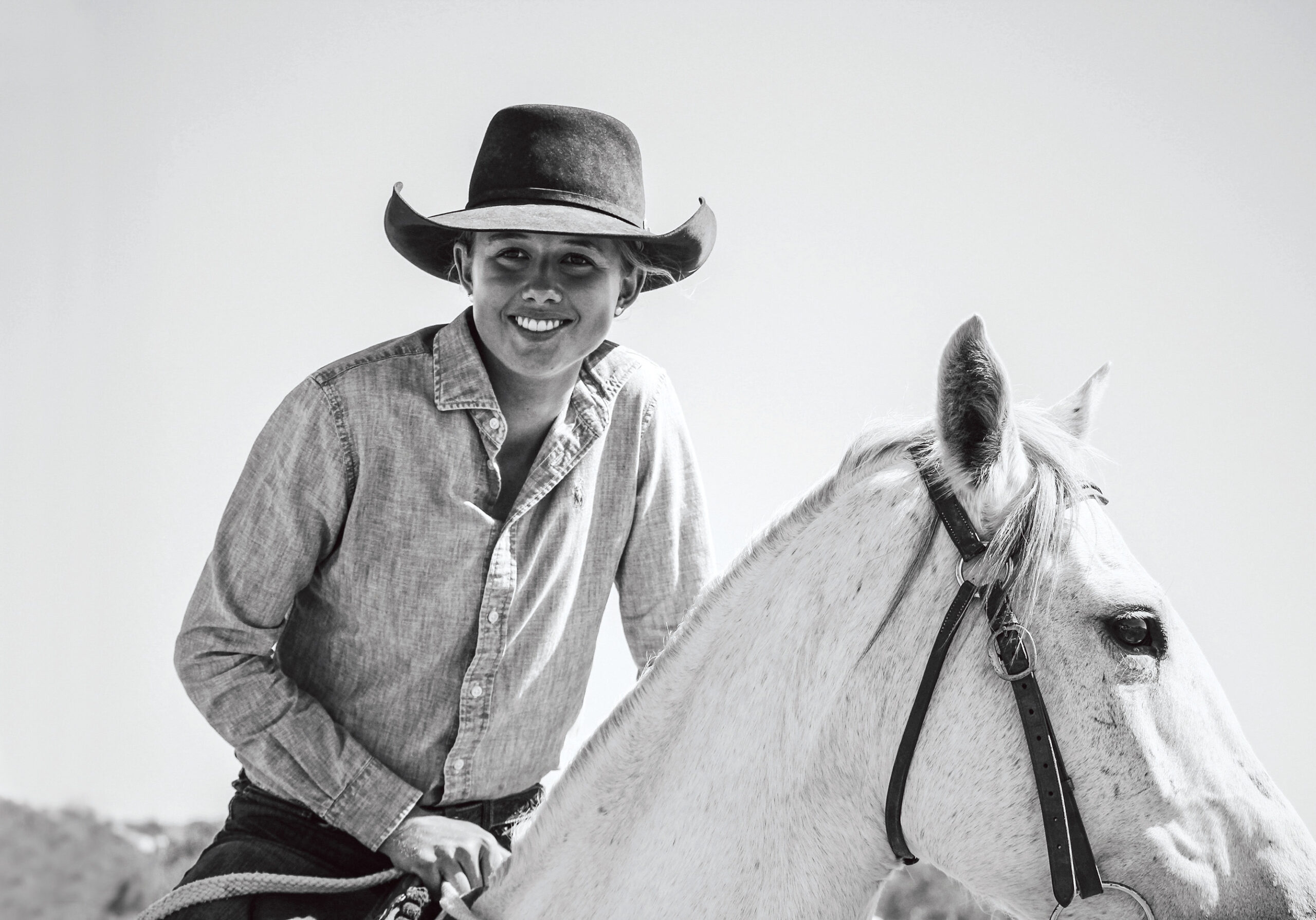
Photographers share highlights of life on the land, from high-stakes competitions to moments of quiet contemplation.